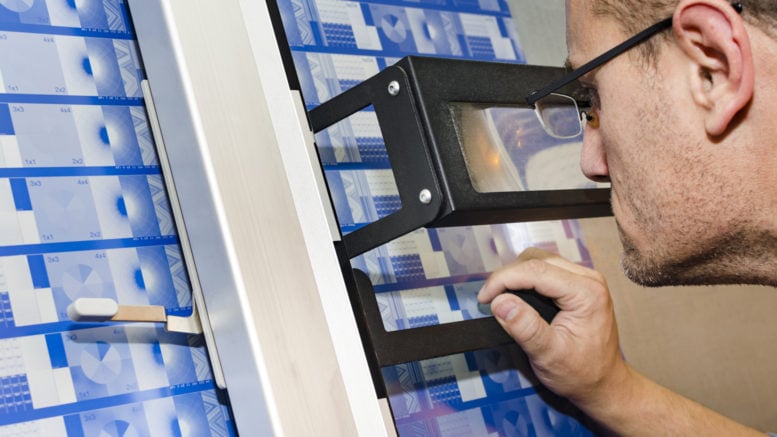Printing plates are thin, flat sheets of metal commonly made from aluminum. They are used in printing products like business cards, catalogs, and brochures. But how is a printing plate made? Let's learn more about it.
Air-Conducting Layer
It is also known as the rough surface layer. The traditional version has this structure, but the CTP plates do not.
The air-conducting layer is to reduce the vacuuming time when printing the plate, put the film and PS plate in close contact, reduce the occurrence of the halo phenomenon, and prevent the loss of small dots (if the traditional version does not have an air-conducting layer, it basically does not affect the use, but the vacuuming breathing takes a long time and is thorough).
Photosensitive Layer
The liquid with photosensitive properties is uniformly and quantitatively coated on the treated plate base by means of a special coating tool and dried.
It has photosensitive/thermal properties. The performance of the PS plate mainly depends on the performance of the photosensitive layer. The quality of the photosensitive layer is expressed in grams, generally around 1.9-2.0 g/m2 (the thermal version is 1.5-1.6 g/m2).
Hydrophilic Layer
The oxide film has a porous structure, which is easy to cause photoresist residues, causing the blank parts to be dirty, affecting the printability. Sealing or blocking the excess pores by sealing or other methods reduces the residue of photoresist, improves the sensitivity, increases the hydrophilicity of the blank part, and achieves a better ink-water balance.
Oxide Layer
A layer of dense, corrosion-resistant and wear-resistant aluminum oxide compound is formed on the sand mesh to increase the stability and printing durability of the plate.
The oxide film has a porous structure. Generally, there are two layers divided into an inner barrier layer and an outer microporous structure layer. The quality of the oxide film is expressed in grams, generally 2.8-3.2g/m2.
Sand Mesh
The surface state composed of uneven peaks and valleys on the surface of the aluminum plate base is called sand mesh in the PS plate industry.
The effect of sand mesh is mainly to increase the specific surface area of the aluminum plate base, enhance the adsorption force of the photosensitive layer and the aluminum plate base, and at the same time ensure the hydrophilic and water retention of the blank part.
The size of the sand mesh is generally expressed by the Ra value, which is 0.40-0.50um.
Aluminum Plate Base
The support of the PS plate is generally made of 1050/1060 pure aluminum with more than 99%, and the work hardening state is H16/18, which is divided into cast rolling and hot rolling.

